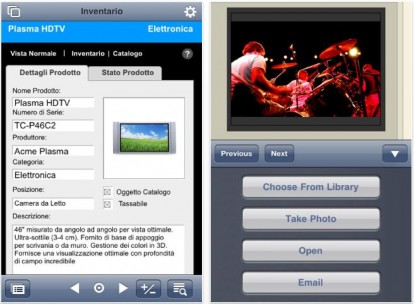
You can do more than just exporting data from your container fields, you can also export excel documents or reports generated from your own FileMaker database.

Another cool thing you can do when exporting images is to post them directly to social media sites like Twitter or Facebook. Or you can just send these documents back up to the cloud service of your choice. If you’re using FileMaker to store excel or word documents this will allow you to open your docs in Microsoft’s great Office products for iOS. Alongside the familiar insert container options, there is a new locations option giving you direct access to all your cloud documents.Įxporting files and data from FileMaker Go is better than ever: you can now export any document stored in a container field, and FileMaker Go will tell you all the apps on your device capable of viewing the file.

The second place you can import docs using the new app extension feature is with container fields. You also have the option to change the service from iCloud to Dropbox or any other 3rd party document cloud service by clicking the locations button. This button will take you to your iCloud, where you can browse all your files and docs, allowing you to download a FileMaker file directly to your device. From here you’ll notice a new icon in the top left hand corner of the screen. The first is from the Device tab on the Launch Center. There are 2 different places you can take advantage of importing from external applications. This is especially useful for people that rely heavily on cloud storage like Dropbox, iCloud and OneDrive. The share sheet is a context-aware popover that pulls in any other apps on the iOS device configured to take advantage of the app extension’s sharing features. Sharing files and docs with other apps is accomplished by giving the user access to the iOS share sheet.


 0 kommentar(er)
0 kommentar(er)
